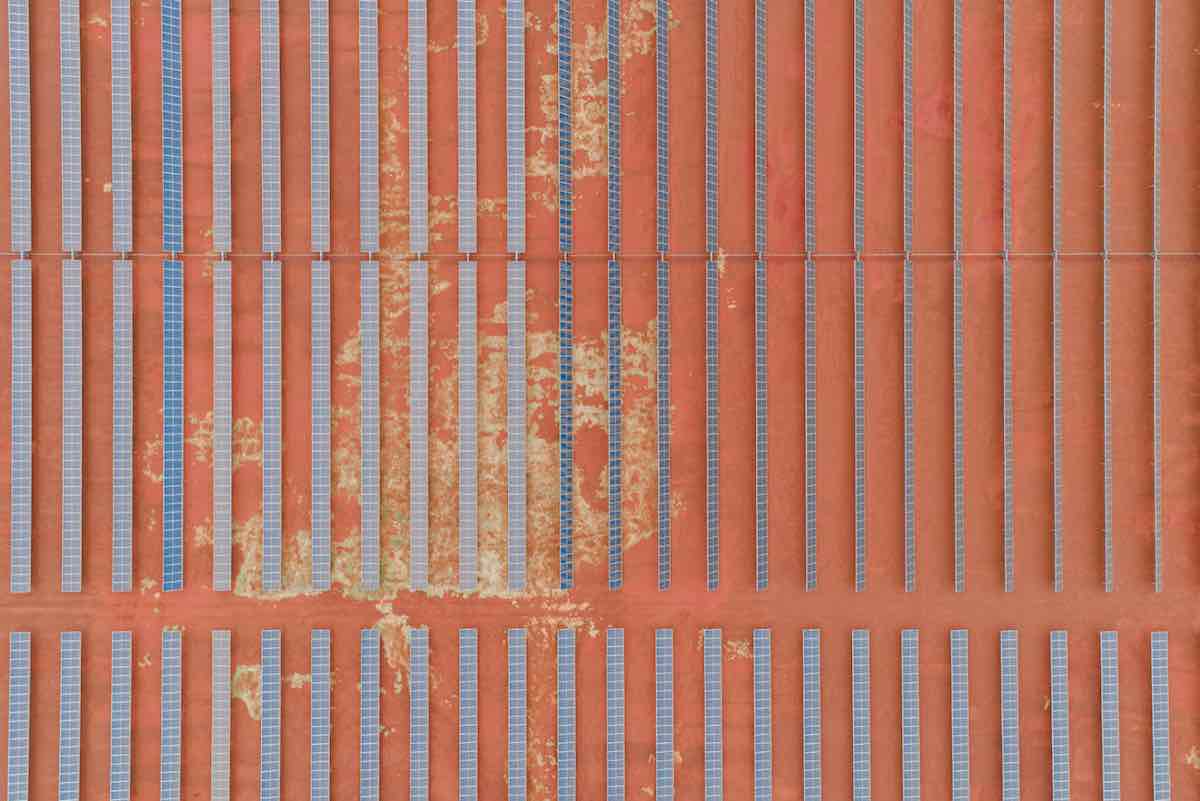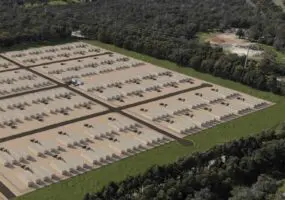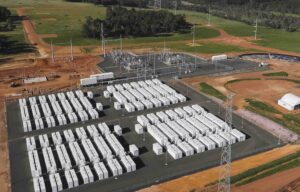Mining giant BHP says it plans to build around 550MW of wind, solar and battery storage in the Pilbara as part of a $4 billion plan to electrify and decarbonise its global mining operations, and save money while doing so.
The plans were outlined in the group’s Operational Decarbonisation presentation to analysts earlier this week, which aims for a 30 per cent reduction by 2030, over 2020 levels, and net zero by 2050.
Those targets do not sound particularly ambitious in the global scale of things, but there are two parts of the equation were BHP can see quick action and almost immediate benefits – using renewables to substitute fossil fuel power and to use battery electric transport to replace diesel in Australia.
Haul trucks are the largest users in diesel in Australia, and BHP alone uses more than 1,500 million litres a year, not including its coal mine operations. It expects significant operational savings from replacing those diesel trucks with battery electrics, but it will require more power.
On renewables, Anna Wiley, the vice president of planning and technical for BHP’s Australian minerals division, says the company plans to build about 200MW each of wind and solar to replace gas in its Pilbara operations and add another 150MW of battery storage. (The storage duration was not specified).
Studies on the solar resource have already been completed, and is now being followed by an assessment of the local wind resource.
“One of the things we do know for certain about the transformation is that we are going to need a lot more power.” Wiley told analysts.
“How do we manage this when our mines are remote, and we are not connected to a grid? Our iron ore operations in the Pilbara are an islanded network and as such power cannot be purchased through the market.”
BHP’s iron ore operations in the Pilbara – which are powered by its own privately owned grid – are currently supplied by its 190MW Yarnima gas fired generator, which Wiley said produces power at an emissions level about 35 per cent below the Australian average.
Wiley said that the introduction of wind and solar will significantly reduce the way that the gas fired power station will be used.
“As the volume of renewables increases, the way we will use Yarnima will evolve. The second chart shows an example 24 hours for a typical day in the future,” Wiley said.
“Here we can see solar in the daytime, more wind generation at night, energy provided from batteries and Yarnima providing a firm baseload of power and filling the gaps when required. Longer term, as more options for carbon neutral firm power become available, we expect Yarnima’s use will taper off.”
The demand for power will also increase as BHP looks to replace its large diesel powered haul trucks and other equipment with electric alternatives, including its trains. it expects huge savings from the various decarbonisation efforts.
Other big iron ore miners in the Pilbara are already well advanced in adding wind and solar to their mining operations.
Fortescue is sourcing power from a 60MW Chichester solar farm (pictured above) and is building another 150MW of solar and 45MW (one hour) of battery storage. It has plans for more than 5GW of wind and solar to deliver zero emissions power to its mines and other green industry and hydrogen plans.
Rio Tinto has recently opened its first 34MW solar farm at Gudai Darri and is commissioning a battery at Tom Price, and has announced plans for two 100MW solar farms and 200MWh of battery storage in the Pilbara as part of a $3 billion renewable plan.
Alinta, which also supplies power to the region, is building a 90MW solar farm and a 60MW/120MWh big battery ibattery at Port Hedland.
BHP has already signed an off take deal with Alinta to use the power for its port operations, and Wiley says the company is still to choose between building its own facilities or contacting others.
BHP has also signed a long term “baseload renewable” power purchase agreement with Neoen to supply its huge but grid connected Olympic Dam copper mine in South Australia. Neoen will service this through the new Goyder South wind farm and the 200MW/400MWh Blyth battery.
One of the solutions being considered by the mining giants that operate in the Pilbara is deeper connection between the various privately owned networks and the North-West Interconnected System. This would enable sharing of power and greater efficiencies across the region.












